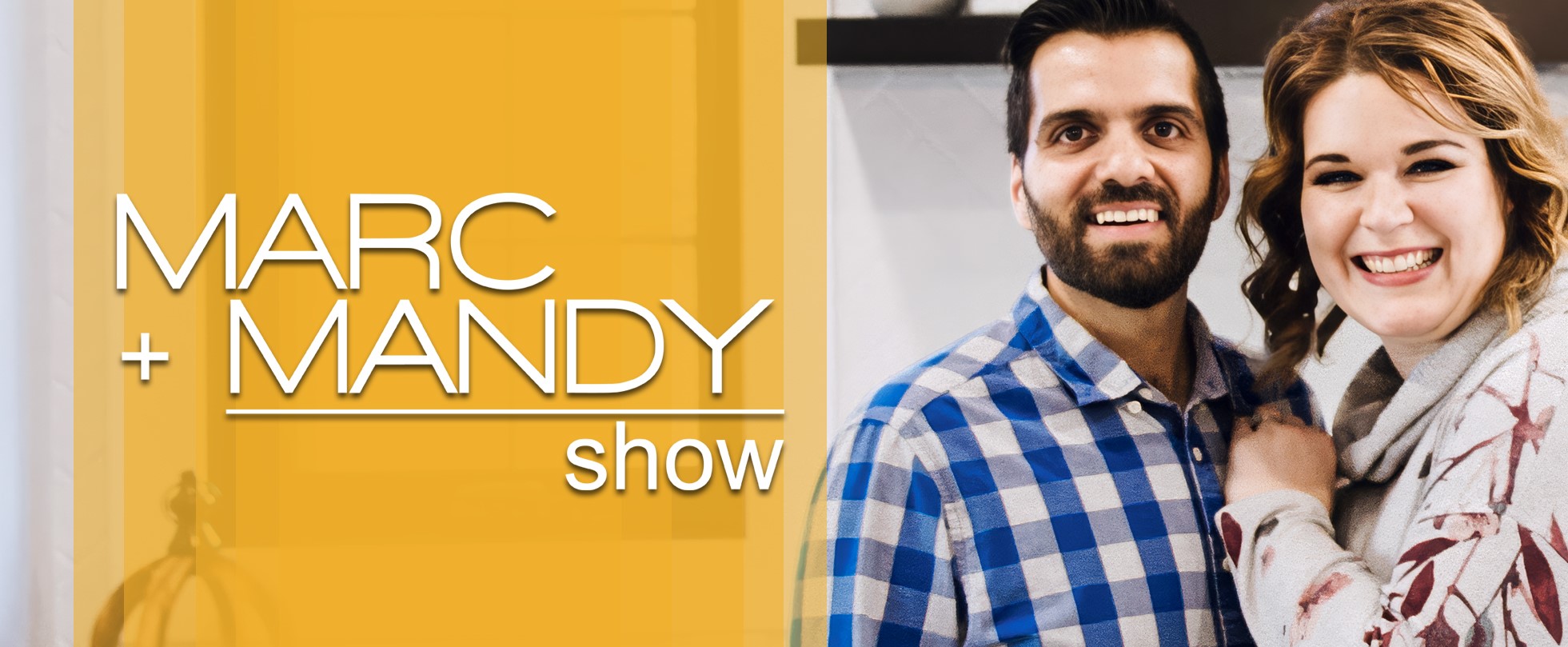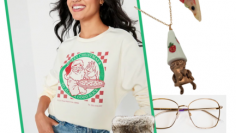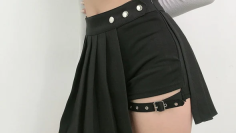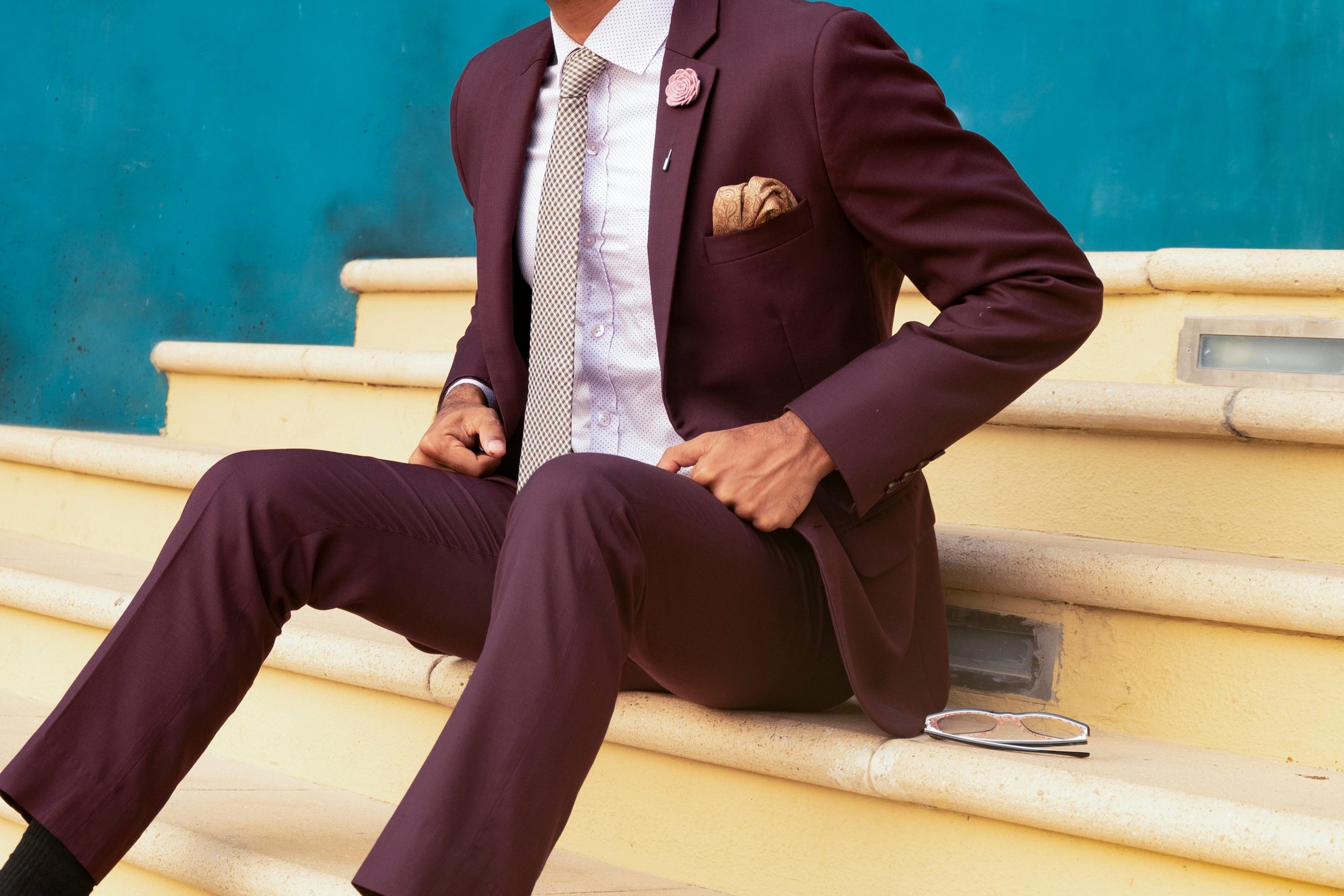
Mastering the Art of Formal Dressing: Tips for the Modern Gentleman
Key Takeaways
- Understanding the dress code is vital to making appropriate attire choices.
- Selecting high-quality fabric and ensuring the perfect fit enhance the elegance of formal wear.
- Accessories play a pivotal role in finalizing a polished formal look.
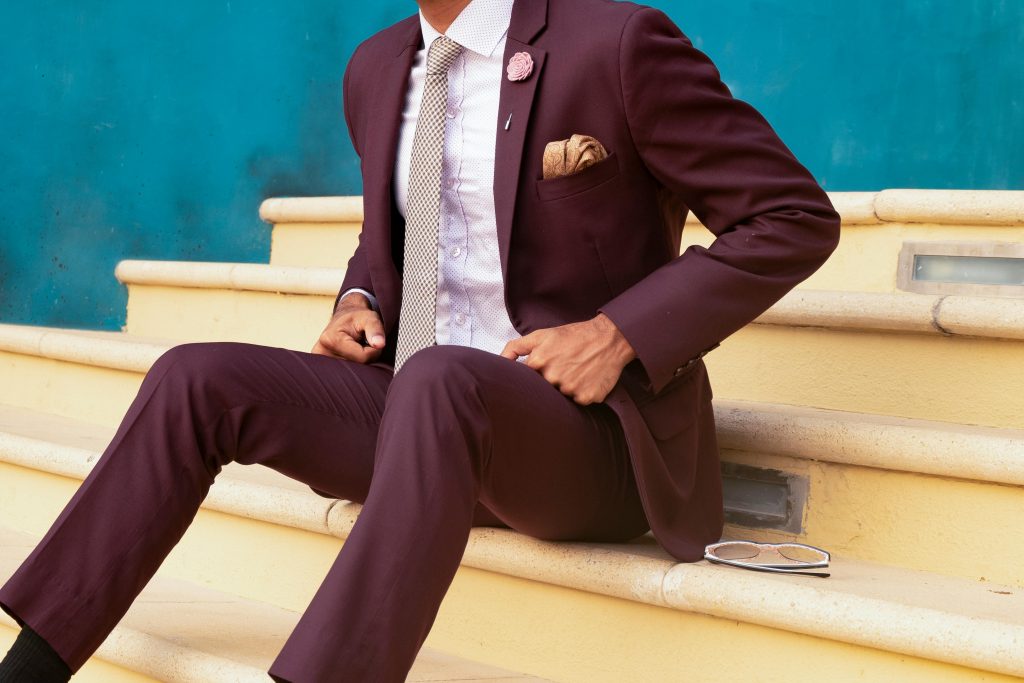
Selecting the Right Attire for Every Occasion
Once armed with an understanding of the event’s dress code, selecting the proper attire involves balancing personal style, comfort, and appropriateness. The venue can suggest a degree of formality: historical sites call for a more traditional approach, while contemporary spaces allow for fashion-forward twists. For example, those getting ready for an elegant charity gala might seek the sophistication of a classic tuxedo. Conversely, an upscale business dinner might warrant a stylish yet more versatile suit. When considering where to find such attire, one should consider whether to purchase or peruse options for a suit rental in New Orleans, thereby ensuring both the quality of the garment and its suitability for the occasion. This careful balance of factors contributes to making an informed, stylish choice that aligns with the event’s character.
Understanding the Fine Line Between a Suit and a Tuxedo
Discerning when to wear a suit versus a tuxedo is an art form. While suits are generally considered suitable for various events, tuxedos are intended explicitly for evening wear and more formal occasions. The distinctive characteristics of a tuxedo, such as satin lapels, a bow tie, and a cummerbund or waistcoat, set it apart from its less formal counterpart. Meanwhile, Generation Tux offers a more subdued elegance, often paired with a long tie and lacking satin accents. This distinction also extends to the shirt; a tuxedo is typically paired with a pleated-front white shirt, while suits offer more latitude in shirt choice. Discerning the nuances between a suit and a tuxedo—and choosing accordingly—exemplifies one’s understanding of formality and respect for the occasion.
Decoding the Dress Codes: From Black Tie to Smart Casual
The first thing to consider when preparing for a formal event is the dress code, which can range from the rigor of black tie to the relaxed standard of smart casual. Understanding these specifications is essential; a black-tie dress code indicates a need for a tuxedo, complete with all its accouterments, while intelligent casual attire allows you to wear a tailored blazer with slacks. Between these extremes lie business formal and semi-formal, each with its expectations and nuances. Mastering the language of dress codes ensures that you make the right impression, blending impeccably with the event’s desired ambiance and showing respect for tradition and modern sensibilities. An informed choice in dress codes signifies an eye for fashion and a mindfulness of social etiquette.
The Significance of Fabric Choice in Formal Attire
Understanding fabrics can make the quest for proper formal wear less daunting. The selection of cloth should consider not just the aesthetic but also the practical aspects like drape, breathability, and comfort. Natural fibers like wool, silk, and cotton have distinct benefits like temperature regulation and durability. For example, yarn can be woven into delicate, lightweight fabrics for summer events or into a heavier twill for cooler months. On the other hand, choices like linen, while perfect for outdoor summer weddings, can wrinkle easily—trading comfort for maintenance. Additionally, modern blends can offer the best of both worlds, marrying the breathability of natural fibers with the resilience and affordability of synthetic materials. Ultimately, fabric choice deeply affects the look and the feel of formal attire, profoundly influencing the wearer’s ease and confidence.
Why the Fit of Your Formal Wear Matters
The right fit transforms formal attire from simple clothing to a statement about the individual. It’s not merely about avoiding too-tight collars or baggy jackets; a grasp of fit addresses clothing harmony with body shape. Appropriate tailoring ensures that pants break correctly over shoes, jacket sleeves reveal just the right amount of shirt cuff, and shirt shoulders align perfectly with the body’s own. This meticulous attention to detail is an investment in comfort and communicates a message of sophistication and composure. Whether adjusting an off-the-rack garment or commissioning a custom piece, prioritizing a fit that accentuates one’s best features is crucial in crafting a personal brand of elegance.
Accessorizing: The Devil is in the Details
Accessories serve as the crowning touches to formal attire, providing depth and personality to traditional ensembles. The choice of a tie, be it a necktie in a subdued pattern or a hand-tied silk bow tie, sets the tone for the outfit. Subtleties like the handkerchief fold in a pocket square, the design of cufflinks, and even the watchband style all reflect personal style and attention to detail. In formal wear, less is often more; accessories should enhance rather than distract. Researching sartorial etiquette around accessories can be insightful for those looking to personalize their formal look further. Selections like these do not go unnoticed and can leave a lasting impression on both the wearer and the viewer, confirming the significance of details in the art of formal dressing.
To Rent or to Buy: Making a Cost-Effective Choice
One of the decisions that often accompany the selection of formal wear is whether to buy or to rent. Purchasing is an investment, particularly for those who attend several formal events throughout the year. On the other hand, renting can offer convenience and the ability to don a garment that fits the latest fashion without total commitment. Men who seldom need a suit or tuxedo may find the rental option appealing, given the vast array of styles and sizes. Financial considerations aside, factors such as storage space and a desire for variety can influence this decision. Carefully weighing the pros and cons in light of one’s personal circumstances and style preferences can lead to an economical and satisfying choice.
Care and Maintenance of Formal Attire
The respect one shows in attire reflects one’s approach to personal presentation. Properly caring for formal wear extends its lifespan and guarantees it remains ready for any impromptu occasion. This preparation includes regular dry cleaning, mindful storage, and immediate attention to stains or tears. Furthermore, being familiar with the best practices for garment care, like using the right hangers and avoiding overexposure to sunlight, can protect the integrity of the material. Though these efforts may require time and investment, the result is a collection of formal attire that endures and excels in presentation, event after event.
Keeping Up with Trends While Staying Timeless
While the landscape of menswear continually evolves, with new trends emerging each season, the essence of formal wear remains constant. The key to embracing trends lies in their integration with classic pieces, creating a current and enduring look. Choosing trends that resonate personally is crucial, ensuring that any contemporary elements feel authentic rather than transient. For example, reviving vintage accessories or introducing bold colors can refresh traditional formal wear. Staying informed through fashion resources and social media can inspire and guide a nuanced approach to integrating trends. In navigating the balance between trendiness and timeless elegance, one crafts a personal aesthetic that’s both modern and sophisticated.
